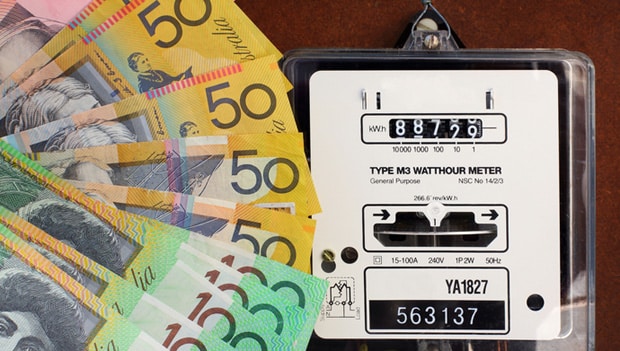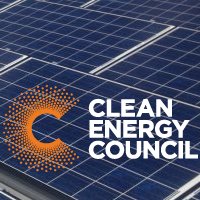New wind, solar and bio-energy projects built between now and 2020 under the national Renewable Energy Target (RET) will cut power bills by hundreds of dollars a year next decade. That’s according to analysis on the proposed National Energy Guarantee (NEG) released by the Federal Government this week.
The government released a summary of the modelling claiming wholesale electricity prices will be 23 per cent lower under the NEG than under business as usual over the decade from 2020 to 2030.
But the price falls, modelled by Frontier Economics, all occur in the next three or four years – the period during which the RET climbs to its peak and before the NEG starts.
A report in the Australian Financial Review quotes an industry source saying the telltale evidence of the RET’s impact was left out of a summary of the modelling released on Tuesday by the government.
NEG analysis: Households better off with renewable energy
Clean Energy Council Chief Executive Kane Thornton said the new NEG analysis showed the RET had cut power bills. It showed household bills will be hundreds of dollars lower each year from 2020 to 2030 compared to 2017.

Mr Thornton said that’s because of existing policies under the government’s RET that encourage renewable energy. It was not due to the future affect of the NEG.
“It is now clear that more renewable energy in the power system means lower power prices,” he said.
“Renewable energy is now the lowest cost electricity generation it is possible to build. This analysis shows the significant reduction in power bills coming from new renewable energy.
Mr Thornton said any future policy should ensure sustained new investment in clean energy and cut power costs.
Existing solar PV could assist battery storage
Another report released by Chief Scientist Alan Finkel this week shows energy storage is no problem. It suggests only a small amount of new battery storage will accommodate close to 50 per cent renewable energy in the system.
Concerns are that renewable energy would require battery backup to ensure reliable supply. But Dr Finkel said behind the meter support from existing rooftop solar could help with storage demand.
“Like many studies before it, this new analysis shows the policy task ahead must tap into the massive benefit renewable energy can provide to Australian homes, businesses and the economy,” Mr Thornton said.
He called for state and federal governments to work towards further exploration of the NEG at this Friday’s meeting of the COAG Energy Council in Hobart.












































